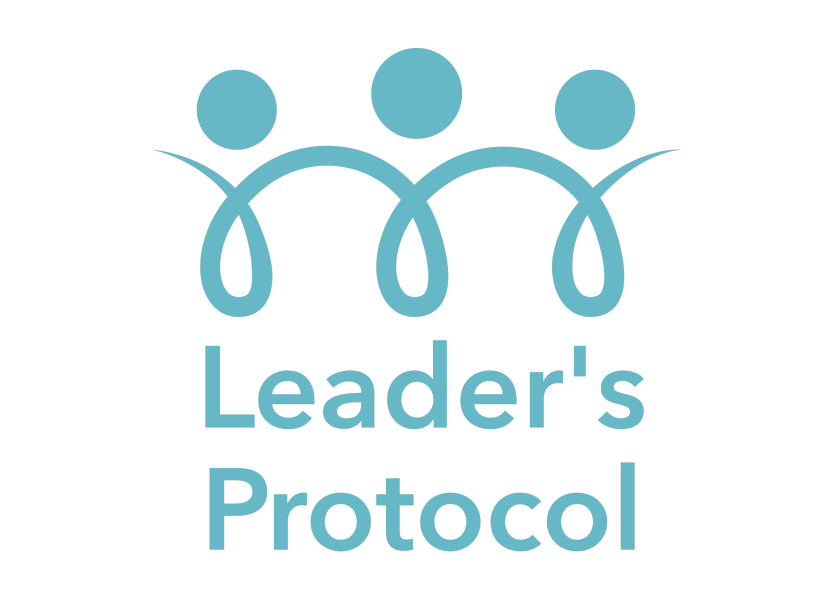I was engaged by a B2B Consulting services and software business. The objective was to establish what was preventing them from performing as they had previously been and to formulate a plan to ensure the coming year’s targets were achieved. There were inclines and murmurs about focus, organisational change, things not being as they once were, and the need for more governance and process, but nothing had been discussed, agreed or disagreed and concluded.
COMPANY INFO
At just over 8 years old it had grown successfully and been well funded and continued to be positively supported by its investors. Made up of a highly talented team of around 170 people ranging from early career to very mature and most educated to degree level or above they boasted a diverse successful pool of talent. They adopted a hybrid model of working with some people office based and some remote spanning two continents. Just under 33% the employees had joined the business in the last 18 months.
Financially the business had recently become profitable and was generating free cash flow. investment was still needed to enhance the product and develop new streams of revenue that had been identified through customer insight.
CURRENT SITUATION – PROBLEM STATEMENT
When I was engaged in the business the initial growth they had worked hard to generate was starting to falter. The strategy had evolved and pivoted from its original stable position that was well known by the majority of the longer serving employees. The market was strong, their customers were very satisfied, their industry profile was very positive, and their resources plentiful to ensure they were able to service their existing base and sales pipeline.
The problem was clear – Why should growth be slowing at this time?
Despite the changes to the strategy the well-established leadership team were confident that it was clear, made sense, and certainly within their ability to deliver it. They had developed several tried and trusted methods over several years that had brought seed and marquee customers, user growth, and initial revenue streams, all of which offered important proof points on which to build. As a smaller business, the majority of people had been exposed to decisions, debate, and general exploration around the strategy, even though in those earlier days, it was apparent that rather than being a strategy, it was more a list of “stuff to be done”. The board was very supportive of the leadership team and expressed confidence also in the direction, targets, and overall rationale.
DYSFUNCTION – ALIGNMENT IN THE EXEC TEAM AND LEARNED BEHAVIOURS
Phase One was to take stock of the situation in and with the leadership team. Most importantly to understand how the leadership team were representing themselves to each other and also equally importantly to the teams they led who would be executing the strategy. Whatever they are being and doing would inevitably be reflected into the broader organisation and their approach mirrored. Teams working for each of the execs were demonstrating learned behaviours from them – sometimes very consciously, sometimes not, and for better or worse, recognising that there was absolutely no malice or bad intent. We used the Hogan assessment as a tool to help the leadership team understand better their reputations between themselves as a team, and also what their functional teams most likely believed about them. Hogan is a proven assessment tool that predicts reputation. This was important because as well as understanding themselves better, understanding how others’ perceived the leadership team, both amongst the peer group and out into their functional teams was valuable in understanding the organisational dynamics. Hogan also offers a prediction of how we may behave when under pressure or stress. It’s been shown that our strengths may well become derailers; they become over indexed and the talents that brought success previously may well now be things that get in our way and prevent further progress. Having been used by over 2 million professionals and with 30 years of research behind it, Hogan is a highly reliable, valid, and practically useful tool that has helped many organisations identify pathways to problems often hiding in plain sight.
DIAGNOSTIC – EXEC TEAM EXPLORATION
The hypothesis that the leadership team were in some way responsible for the faltering growth was tabled, explored, and accepted. This was an important first step in understanding what leadership behaviours, influences, and dynamics may have contributed to the situation. Conducting one to one meetings and a team debrief we were able to paint a landscape of the team’s strengths and derailers at both an individual level and as a group, tightly contextualised to their situation and objectives. The willingness of the leadership team to share their data provided the opportunity to both enhance trust between them and in doing so reveal vulnerability that otherwise would have remained at least unspoken and quite possibly hidden. When authentic discussions take place in a team setting, we learn things about each other that help us fill in gaps that previously we had made assumptions about, often wrong, sometimes plain ignorant. In short, as trust grows, so do the conditions to improve performance.
SOLUTION TO THE INITIAL PROBLEMS
The Hogan process helped create a conducive environment and provided the catalyst and lever for us to explore with the leadership team their aspirations for their business, better understand how their working style had contributed to successes to date, explore more freely the problems they felt existed, and what they would change to revitalise their success trajectory.
We ran a single whole team Workshop session to deep dive into what the business was trying to cause as its very purpose for existing. We closely looked at the business’s short but valuable history to understand the way they had evolved as a team as much as how the business had, carefully probing how the two were linked, or not – whether for good or bad. The culmination of Phase 1 were the conclusions the team reached themselves as to:
- What they would change to take the business forward?
- What did that imply for themselves and their teams?
- What would the change demand from them and more importantly their teams if it were to be successful?
BENEFITS
This exercise illustrates a number of things and provides tangible proof points and value to the team that stand alone as practical usable outcomes that can be immediately put to positive and constructive use.
- It offers an objective, safe, constructive facilitated self-assessment of the organisation’s health defined by observing the amount of politics, levels of confusion, morale, and productivity.
- It signposts the level of leadership alignment and commitment to The Team, their levels of resilience, and common understanding of the business’s position and priorities right now.
- It provides an indication of the leadership team’s readiness to embark any change they may wish to implement
- It provides an initial indication as to what it would take from their teams to make their strategy a reality.
Standalone this phase of the engagement has tangible value for the leadership team because they better understand each other on their collective ability to address the challenges they face. The engagement, structured to be flexible and adaptable could have ceased at this point with tangible value, benefits, and progress made for the leadership team to pursue themselves.
Leaders often know what needs to be done, and establishing a setting where that can be distilled effectively and efficiently provides sufficient leverage for the magic to happen when any group of passionate, aligned, and positive people come together. Recognising that as a single group alone, little will happen is the next step to take and one that maybe sees a dilution of effort and commitment beyond the confines of the executive team.
OUTCOME
The leadership team had identified what they felt needed to change and why, an agreed way forward, and their role as a collective First Team in leading and enabling its success. The foundation stones for the next chapter were laid.




